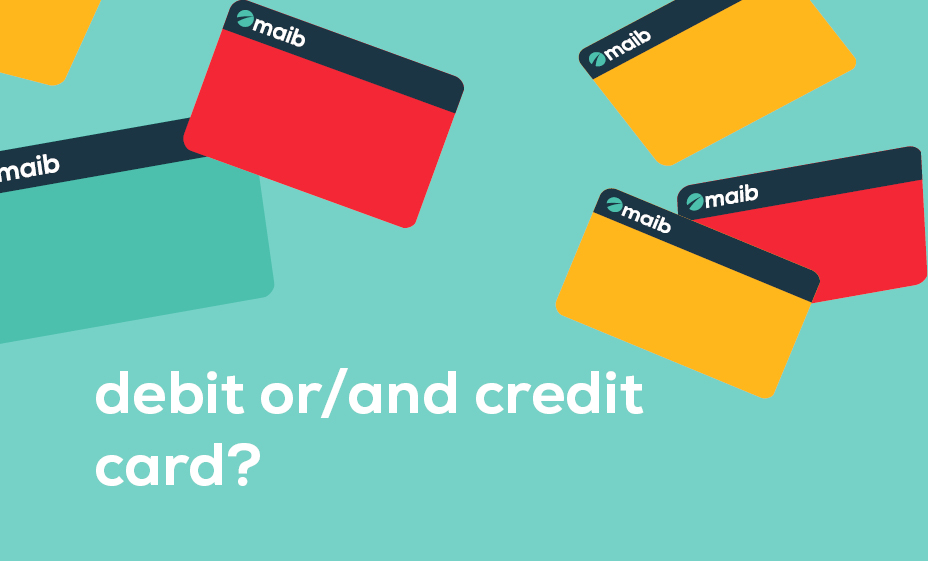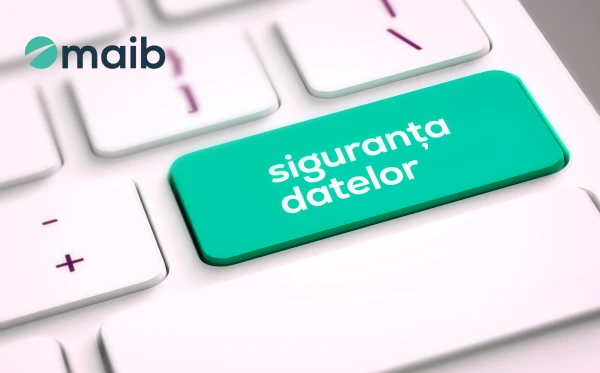Although, for most people, the "credit card" and "debit card" terms are used for payment cards and often replace each other, they are nevertheless different payment tools.
You can make payments with both types of cards, but still only with:
- a debit card, you make payments within the limits of the funds available on your card account;
- a credit card, you can make payments on loan.
What are the similarities between a debit card and a credit card?
Visually, debit and credit cards look identical and have the same technical features. In particular, debit and credit cards are issued by banks under the aegis of a specific payment system: Visa, Mastercard, American Express, etc.
Some cards are specifically marked Debit or Credit, making it possible to identify the card type. This inscription is necessary to identify the card type - debit or credit uniquely. Debit and credit cards can be opened in both national and foreign currencies. If necessary, you can also open an additional card.
Both card types can be used for shopping, making various payments, money transfers, withdrawing cash from ATMs, etc.
For debit and credit cards, banks offer the same additional services: SMS banking, mobile banking, internet banking, call center support, etc.
Cashback can also be applied to both debit and credit cards.
The difference between debit and credit cards
The main difference between a debit card and a credit card is the source of funds.
So, on a debit card, the money belongs to the cardholder. Debit cards are often issued as part of salary projects to receive pensions and various social benefits. Such cards are used to receive interest earned on bank deposits, to deposit cash for later cashless payments, etc.
A credit card has no balance on the card account, i.e. the card is initially "empty". With such a card, the bank sets a credit limit for the customer, within which, if necessary, the customer can use the borrowed funds and make purchases and payments on credit.
An overdraft debit card is a fairly common practice in Moldovan banking environment. Its key feature is that the customer can use not only own funds, but also borrowed ones. A classic and typical example is an overdraft salary card, with which the customer uses his funds but, if necessary, can borrow from the bank within a predetermined limit. At the same time, the loan will be repaid automatically when the salary is credited to the card.
Terms and conditions for debit and credit cards
Debit cards are open to everyone, provided the customer provides the documents the bank requires for issuing the card.
Not all customers can become credit card owners. Since we are talking about obtaining a loan, each bank sets its requirements for potential borrowers based on the bank's credit policy, the size of the credit limit requested, the availability of credit history, the customer's overall creditworthiness and credit rating based on a credit risk assessment, and several other factors. Credit cards with low credit limits can be obtained relatively quickly and without collateral, while to open high limits, the bank may require adequate collateral to minimise credit risks.
Card fees
Banks usually charge a specific commission fee for opening and servicing cards. At the same time, on a debit card, interest can be accrued on the balance of funds in the card account as on a demand deposit.
The credit card accrues interest on borrowed funds. Take into account that most banks offer their customers a grace period for using loan funds. No or meagre interest will be charged if the borrower repays the loan in full within the grace period. After the end of the grace period, the standard interest rate will apply. On a credit card, the borrower must repay the minimum payment regularly. In the event of non-repayment or exceeding the credit limit, an additional interest rate (penalty) will apply.
Now that we have mentioned the features and differences between a credit and a debit card, you should know that if you already have an account with maib, you can always apply to open a card directly from the maibank app.


 maibank
maibank
 maib business app
maib business app
 online loans – legal entities
online loans – legal entities
 internet banking - individuals
internet banking - individuals
 new internet banking - maib business
new internet banking - maib business
 internet Banking - BankFlex
internet Banking - BankFlex




